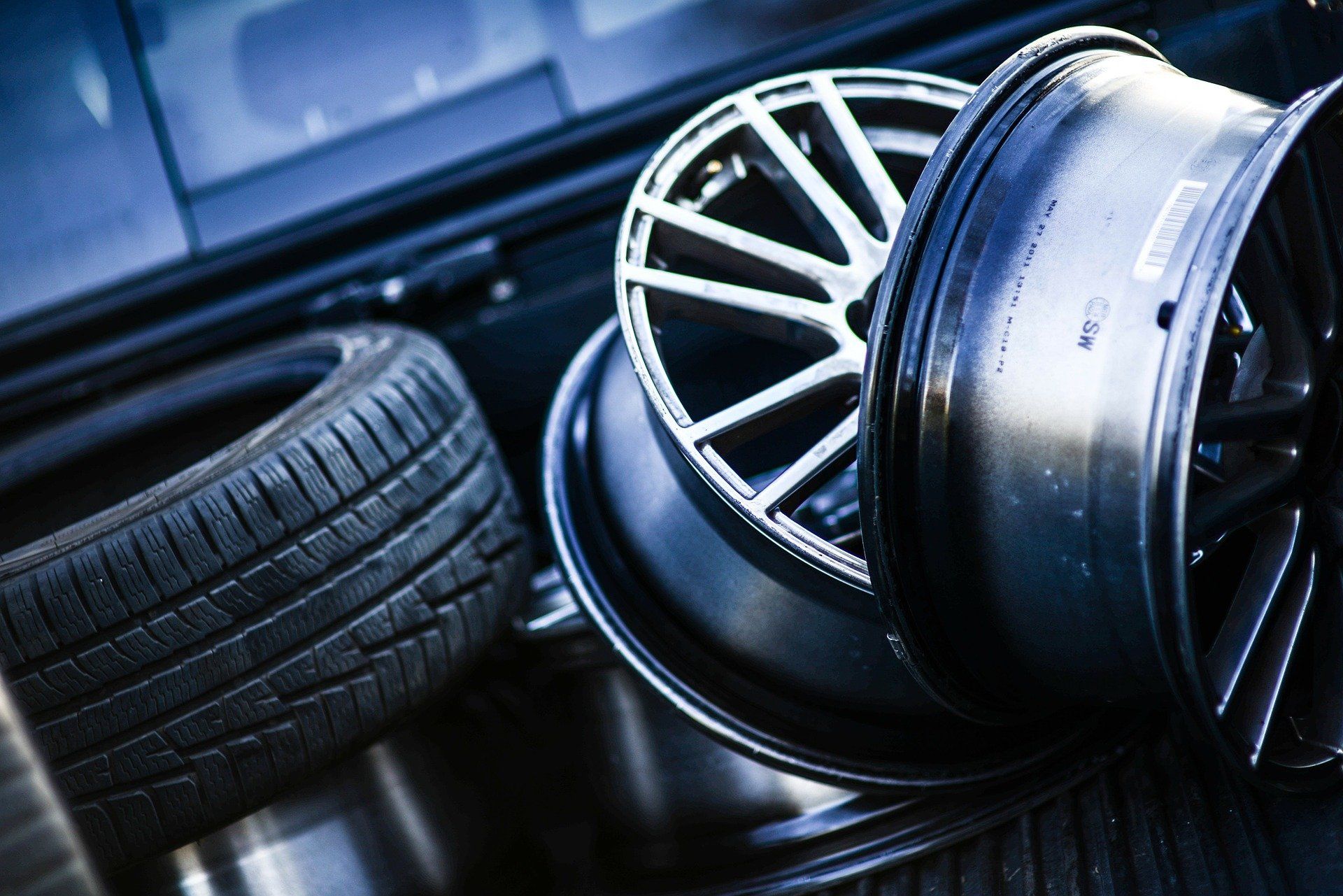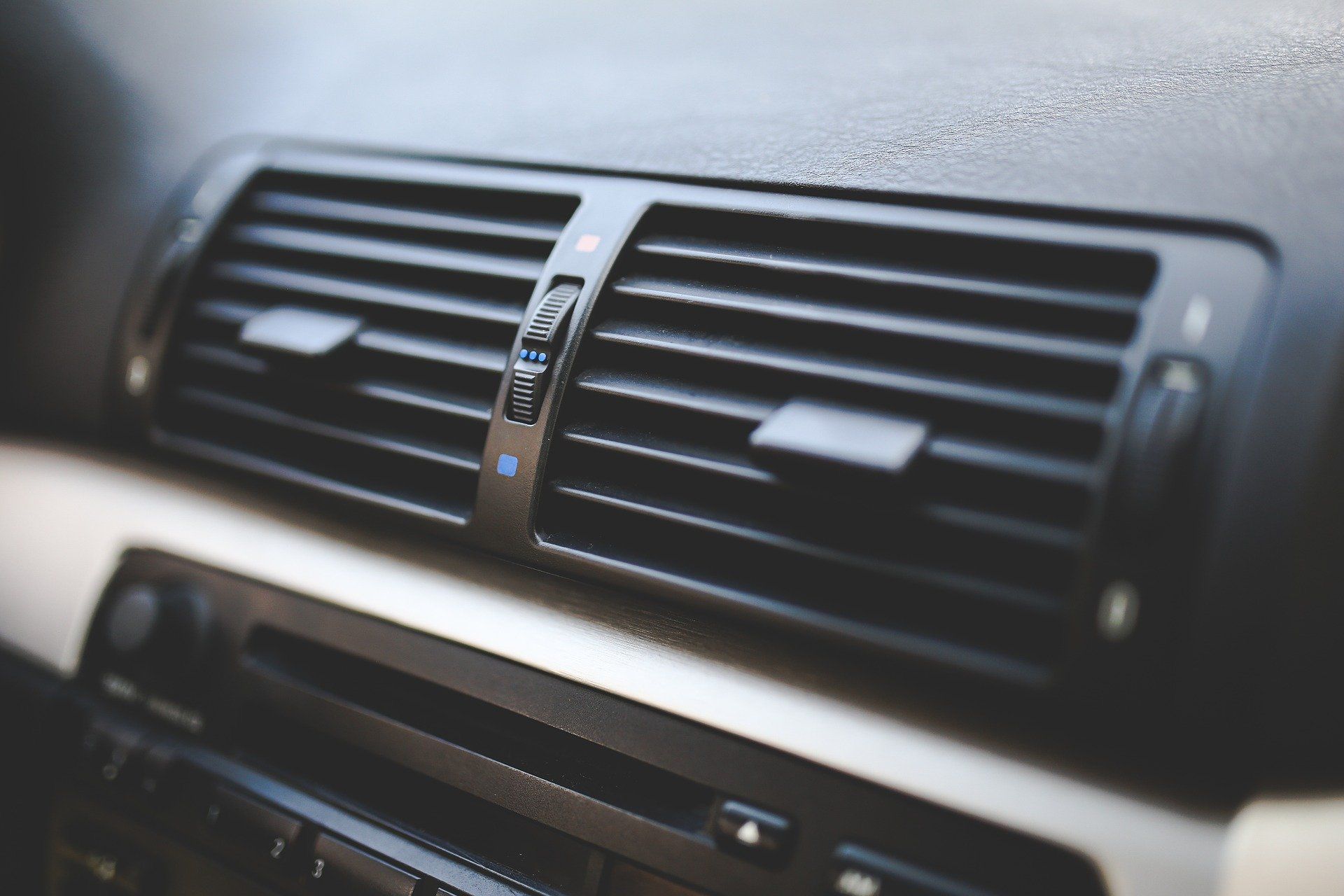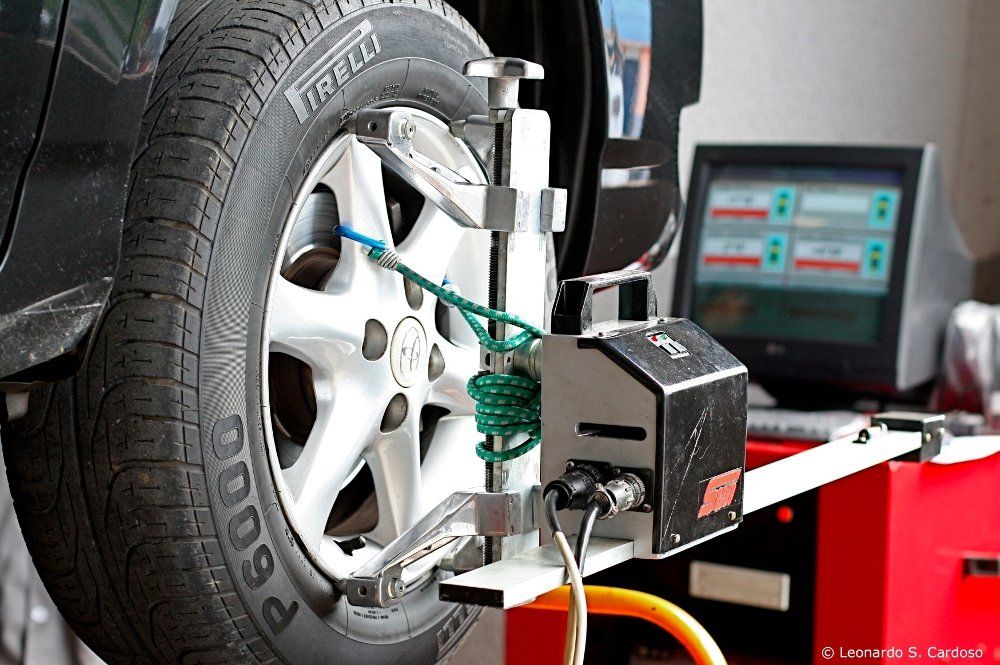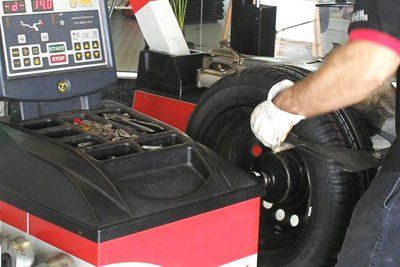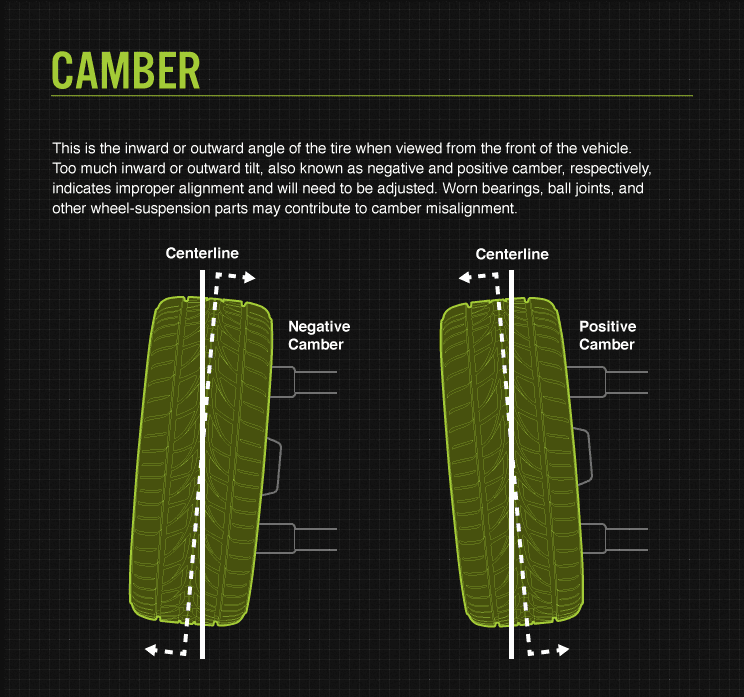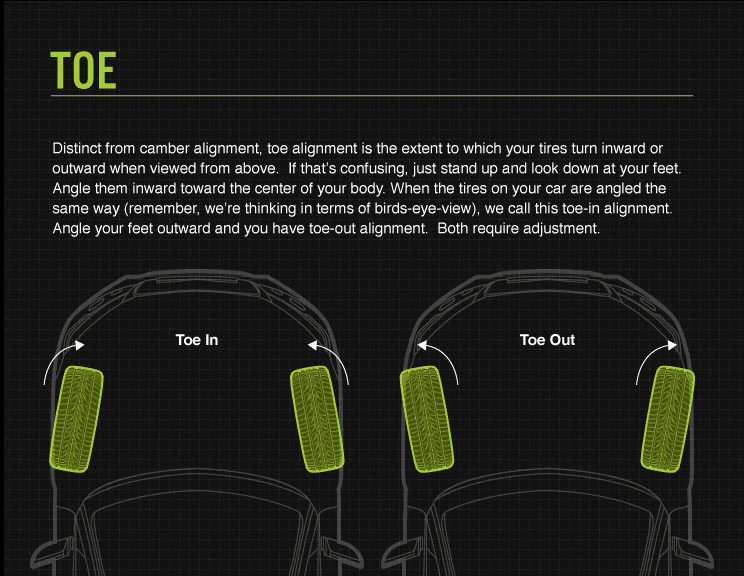TIRE SERVICES
TIRES
At Brighton Tires and Wheels you can get quality, brand-name used tires and new tires at low, low prices and were Local!
We have a huge selection of new and used tires for any make and model vehicle - from passenger cars, vans, SUVs, trailers, or trucks - we carry the tires that you need.
We offer
used tires that have all been through a thorough 4 step process to ensure that you are buying a safe, high-quality product. In fact, top-notch customer service, high-quality tires, and the best value for your dollar is our top priority and we back it up with our
Customer Satisfaction Guarantee.
Come,put our 25 years combined experience in the automotive industry to work for you!and you'll drive away knowing that your quality tires, wheels and services were the best deal found in Brighton and the Denver metro area.
You've probably seen used car tire piles along the side of the road at some point. But should you purchase a used tire to save money and will it hold up as long? Most people opt for new tires, but some look to used tires as a way to save money.
Consider the fact that some retailers have deals where you buy three tires and you get the fourth free. You may not necessarily need to replace that fourth tire, but you do because it's free. Used tires that are only slightly worn, like in this situation, may be a good option to save a little money.
The flip side is purchasing an old or worn out tire that isn't safe. Used tires may have defects, punctures or tread-wear you may or may not be able to see. When considering purchasing a used tire you can test the depth of the tread by using a penny. Simply flip the penny upside down and place it inside each of the tire's tread grooves. If the top of Lincoln's head can be seen from any of the grooves then the tread is too low
[source: Consumer Reports].
If the tread is still good, you still need to inspect the tire for any defects. This may be difficult and some problems may not be noticeable until the tire is on the vehicle. Purchasing a used tire that has already been plugged or patched may save money, but is not a good idea. Worn tires will not stop as fast and will be more likely to skid on wet surfaces [source: Consumer Reports].
New tires will come with some type of guarantee or warranty that a used tire will not have. If you want a little piece of mind that your tires are in the best condition possible, buy new ones
WHEELS
Wheels and rims hold the car tires together, thereby making it one of the most important aspects for any car. In fact, a car cannot operate without wheels and rims, which is why there is an astounding variety of choices when it comes to both wheels and rims.
They come in many materials and sizes to meet the specifications of different cars. Due to this wide range of options, users should do some basic research on the different kinds of wheels and rims available for their car before heading out to buy them. Users can choose the wheels and rims they want based on the material used to make them, their size, and design.
Once users know what wheels and rims are the right choice for their car, they can buy them from the automotive department of retail stores, specialty automobile stores, retail tire stores, and online marketplaces like eBay Motors.
Difference Between Wheels and Rims
Though wheels and rims are used as synonyms, there are many differences between the two. Firstly, wheels are the circular area where the tires are mounted, while the rim is the outer part of the wheel that holds the tires together. In other words, rim is a part of the wheel and rims are connected to wheels by spokes.
Another difference between them is the way they work. Wheels always come in pairs and they are connected at the center by an axle. Both wheels work in tandem with each other and they rotate forwards or backwards. This rotation movement moves the car forwards or backwards. The rim, on the other hand, is the outer part of the wheel and its function is to ensure that tires do not fall off.
Choosing Car Wheels and Rims
There are many kinds of car wheels and rims available on the market, so the user should know what he or she wants before shopping for wheels and rims.
Some of the aspects that users should consider are the material of the wheels and rims, sizes, cost, and the specifications of their vehicle.
Each of these aspects is discussed in detail below to help users understand what each aspect means and what they should know about each of these aspects before buying the right wheels and rims.
Size of the Wheels and Rims
Another factor that users should consider is the size of the wheels and rims. In general, larger wheels and rims are popular in sports cars primarily because sports cars are mostly used in warm climates only, which means the chances of developing rust is less.
On the other hand, smaller wheels are the right choice to drive in cold and snowy conditions because they come with large tires that provide the necessary traction for the car. The size also depends to some extent on the expected load capacity of the car.
It is a good idea for users to check with the car's specifications too before choosing the right size.
Wheel and Rim Material
Wheels and rims are made of the same material, so users do not have to choose them separately. While choosing the material for both the wheel and the rim, users should keep in mind the expected load capacity of the car and the driving conditions. The following are some of the materials that users can choose from.
• Alloy wheels:
Alloy wheels are made from a material that is a mix of magnesium and aluminum. They are lightweight, offer superior performance, and have higher heat conduction capacity. They also enhance the overall appearance of the car. Due to these reasons, alloy wheels are the most popular material for car wheels and rims.
• Mag wheels:
Mag wheels are made of magnesium and they are heavy. These wheels are also inflammable, so they are not recommended for motorsports in the US. The only advantage with these wheels is that they have high corrosion resistance.
• Aluminum Wheels:
Aluminum wheels are another popular choice among users because they are lightweight and come with a higher degree of versatility. Additionally, these wheels provide excellent uniformity for tires. They come in many sizes to suit the specifications of different cars.
• Chrome Wheels:
Chrome wheels are the perfect choice for users who plan to drive through rain or snow for a good part of the year. Chrome material is anti-corrosive and does not rust, so they are the right kind for users who live in wet regions. In addition, chrome rims are appealing to the user and they enhance the overall appearance of the car. For these reasons, chrome wheels and rims are more expensive than other materials.
• Teflon Wheels:
Some wheels and rims come with a Teflon coating to give an additional layer of protection for cars. It is primarily used for off-road vehicles and for users who have to drive through harsh road conditions.
Driving Conditions
Driving conditions of a particular region can determine the material and size of the wheel to some extent. If the user expects to drive through a lot of rain and snow, then it is a good idea to choose materials that are more resistant to rust.
Additionally, users should choose a smaller-sized wheel to drive through harsh road conditions. On the other hand, if the user lives in a warm climate all year round, then he or she can choose any material for the wheel because rust will never be an issue.
Cost
Cost is another factor that can have a bearing on the user's choice of a particular model of wheels and rims.
It is a good idea for users to do some basic research at home on the approximate prices of different kinds of wheels and rims.
Based on their research, they can have a certain estimate or budget in mind before heading out to buy the wheels and rims they want.
Comparison of Different Wheels and Rims
The extensive variety of wheels and rims available on the market makes it an overwhelming experience for users to choose the right ones they need for their car. Many aspects such as size, material, and cost should be taken into account before deciding on a particular model of wheels and rims. The table below compares three different models of wheels to give users a good idea of what they should look for while deciding on a particular model.
AUTO AIR CONDITIONER
Brighton Tires & Wheels will keep you cool with regular auto air conditioning service & repair. Auto AC repair is important, especially in Denver Metro Area, because a hot car under the summer sun is an uncomfortable car.
Don’t let your pet, your kids, or your refrigerated groceries suffer in a vehicle that desperately needs auto air conditioning repair. When we repair your auto AC, everyone will travel more safely and comfortably with you when you run errands around town.
If you have a simple request for us to look under the hood of your vehicle and determine what kind of auto air conditioning repair you need, our bilingual staff can discuss your concerns in either Spanish or English. Click here
to request an appointment online, or call us today!
ALIGNMENT
Tire alignment, also known as wheel alignment, can help your tires perform properly and help them last longer. It can also improve handling and keep your vehicle from pulling in one direction or vibrating strangely on the road.
What is Tire Alignment?
Alignment refers to an adjustment of a vehicle’s suspension – the system that connects a vehicle to its wheels. It is not an adjustment of the tires or wheels themselves.
The key to proper alignment is adjusting the angles of the tires which affects how they make contact with the road.
How Do I Know if I Need a Tire Alignment?
There are a couple ways to tell if your car needs a tire alignment.
If you've noticed one or more of these indicators, you should have your alignment checked by a licensed service technician immediately.
• Uneven tread wear
• Vehicle pulling to the left or right
• Your steering wheel is off center when driving straight
• Steering wheel vibration
Camber, Toe, & Caster
When a technician checks your tire alignment, he or she
is mainly concerned with three things:
Camber
This is the inward or outward angle of the tire when viewed from the front of the vehicle.
Too much inward or outward tilt, also known as negative and positive camber, respectively, indicates improper alignment and will need to be adjusted.
Worn bearings, ball joints, and other wheel-suspension parts may contribute to camber misalignment
Toe
Distinct from camber alignment, toe alignment is the extent to which your tires turn inward or outward when viewed from above.
If that’s confusing, just stand up and look down at your feet. Angle them inward toward the center of your body. When the tires on your car are angled the same way (remember, we’re thinking in terms of birds-eye-view), we call this toe-in alignment.
Angle your feet outward and you have toe-out alignment. Both require adjustment.
Caster
Your caster angle helps balance steering, stability, and cornering.
Specifically, it’s the angle of your steering axis when viewed from the side of your vehicle. If you have positive caster, the steering axis will tilt toward the driver.
Negative caster, on the other hand, means the steering axis tilts toward the front of your vehicle.
Why Tire Alignment Matters
Improper wheel or tire alignment can cause your tires to wear unevenly and prematurely.
Here are some specific types of undue tread wear attributable to misalignment:
Feathering
Tires are “feathered” when the tread is smooth on one side and sharp on another.
This is usually a sign of poor toe alignment.
Heel/toe wear
This happens when one side of your tread blocks wears down more quickly than the other in a circumferential direction.
When you run your hand over the tread, it will look and feel like saw teeth when viewed from the side.
Heel/toe wear could be a sign of under inflation and/or lack of rotation.
Camber wear
This strain of tread wear means the inside or outside of the tread is significantly more worn than the center of the tread.
As its name implies, positive or negative camber causes this type of wear.
If you’re experiencing any of these unusual wear patterns, you should have a technician check your alignment.
While tire wear prevention is a good reason to keep your wheel alignment in check, the consequences of misalignment can also play out in overall vehicle performance.
A car that pulls to one side or steers erratically, for example, probably has an alignment problem.
TIRE BALANCING
Distinct from tire alignment, tire or wheel balancing refers to compensation for any weight imbalances in the tire/wheel combination and is often performed in conjunction with wheel alignment. There are two basic types of tire/wheel imbalance that need correction – static (single plane) and dynamic (dual plane).
Static balance addresses balance on only one plane – vertical movement which can cause vibration. A dynamic imbalance, on the other hand, addresses balance in two planes – vertical movement and lateral movement . Both types of imbalance require the use of a special balancing machine to help even things out.
To begin balancing your tires, a technician will mount them on the correct rims and adjust the pressure to optimal inflation. Then each tire goes on the center bore of a balancing machine.
The machine spins the tire at a high speed to measure the wheel/tire combination imbalance. It signals how much weight the tech should add to balance out the tire and the areas where said weight is needed.
Tire balancing is essential for proper tire care for the same reason as wheel alignment: prevention of premature tread wear. Having tires aligned and balanced every 5,000 to 6,000 miles can help maximize their lifespan and overall performance.




